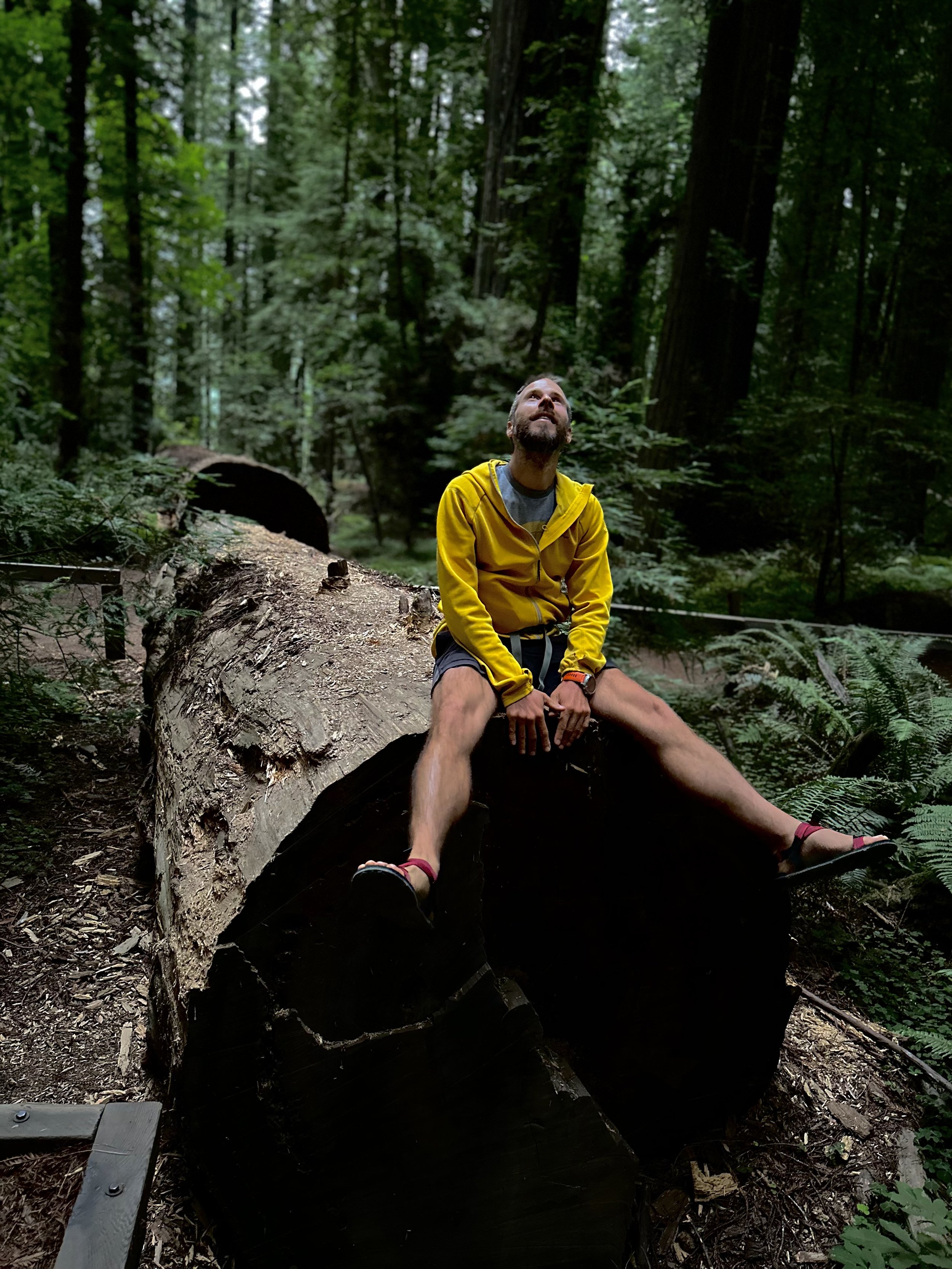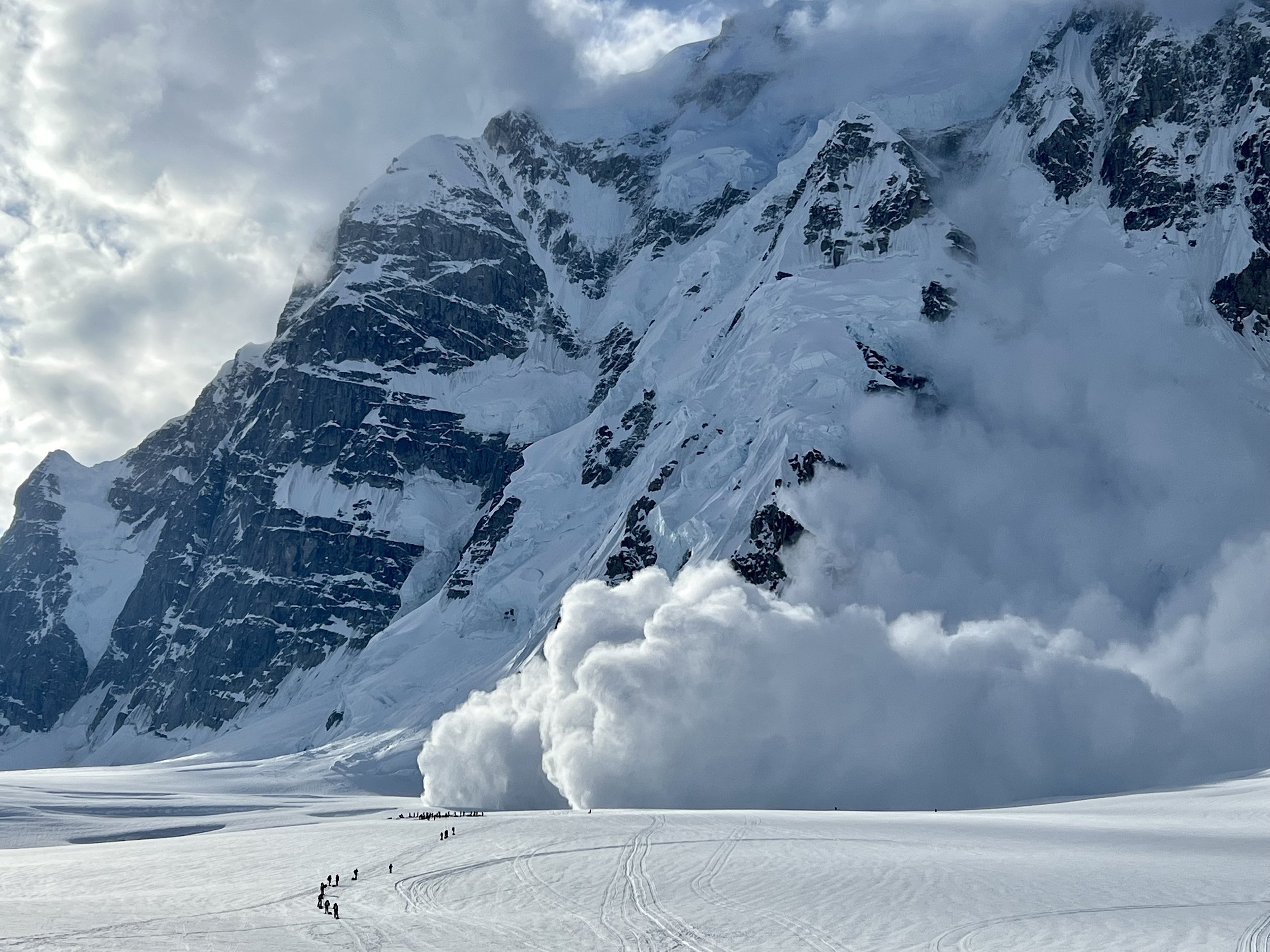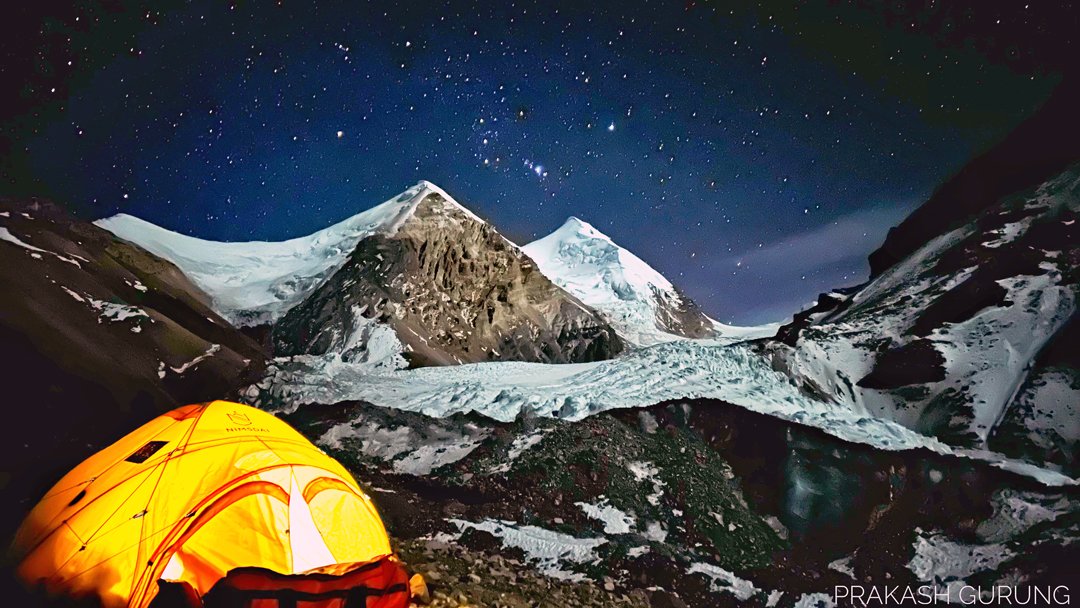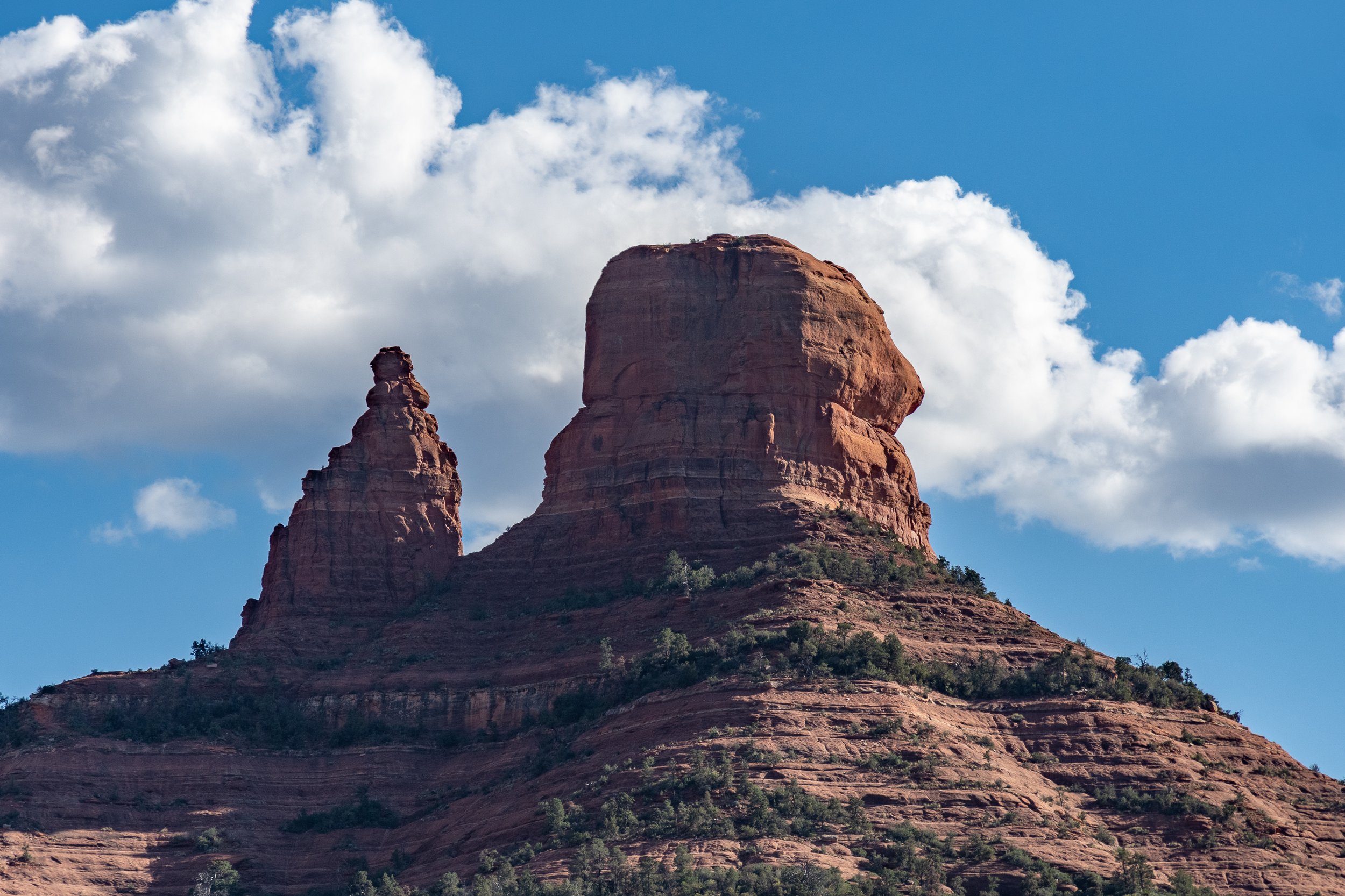Provided by: Erik Hamilton
"Throw the damn axe!" I beckoned Alanna as the once infrangible glacial ice deteriorated into slush, quickly becoming a four-inch-deep, wet avalanche under our twelve-point crampons. As the seconds ticked by and dawn grew near, the conditions were growing perilously unfavorable. That morning on the southeast face of Mount Ritter, at 10,600 feet, it took every ounce of practice, patience, and know-how to retreat safely down the mountain."
After receiving the Live Your Dream Grant, Erik Hamilton and his partner Alanna set off on a journey traveling from the forested mountains of the East Coast to the majestic Sierra Nevada’s of California, intent on climbing Mount Ritter. Hamilton reflects on the meditative nature of being in the mountains and what he truly finds important while traveling through the Western United States.
Come along for a scenic ride of Mount Ritter, by reading the story below…











